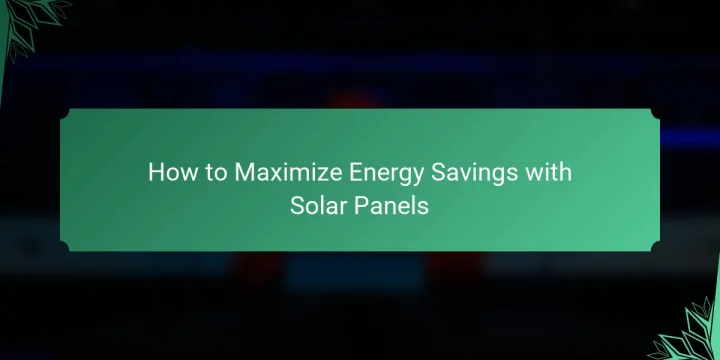
What is the future of solar panels in renewable energy markets? The future of solar panels in renewable energy markets is promising and expected to grow significantly. Global solar energy capacity reached over 800 gigawatts in 2020 and is projected to double by 2025. This growth is driven by decreasing costs, which have fallen by 89% since 2009. Technological advancements, such as bifacial panels and solar tracking systems, enhance efficiency and energy output. Government policies and incentives are increasingly supporting solar adoption worldwide. The International Energy Agency forecasts solar to become the largest source of electricity by 2030. As demand for clean energy rises, solar panels will play a crucial role in achieving sustainability goals. How are solar panels evolving in technology and design? Solar panels are evolving through advancements…








